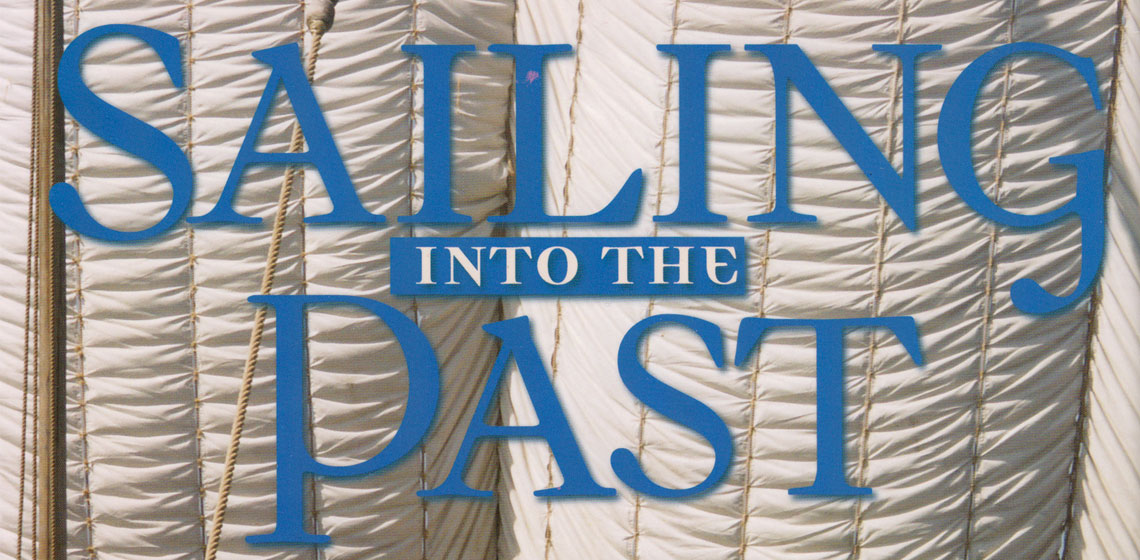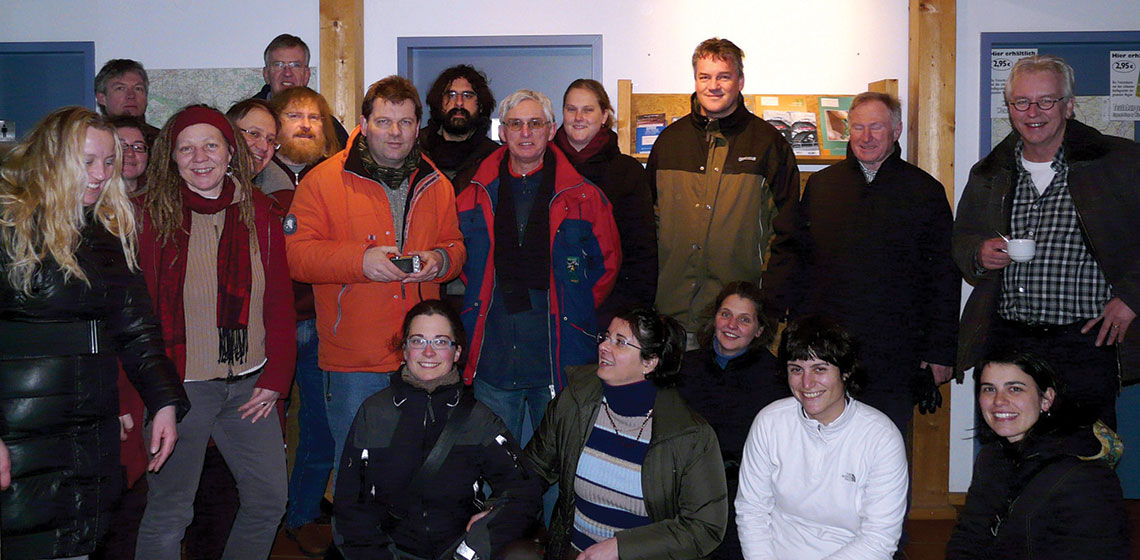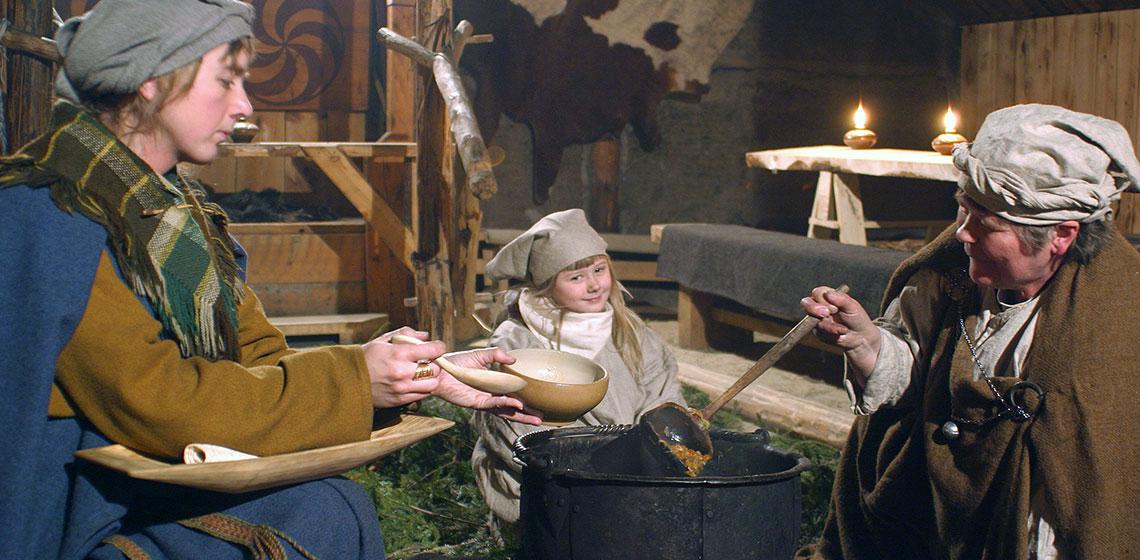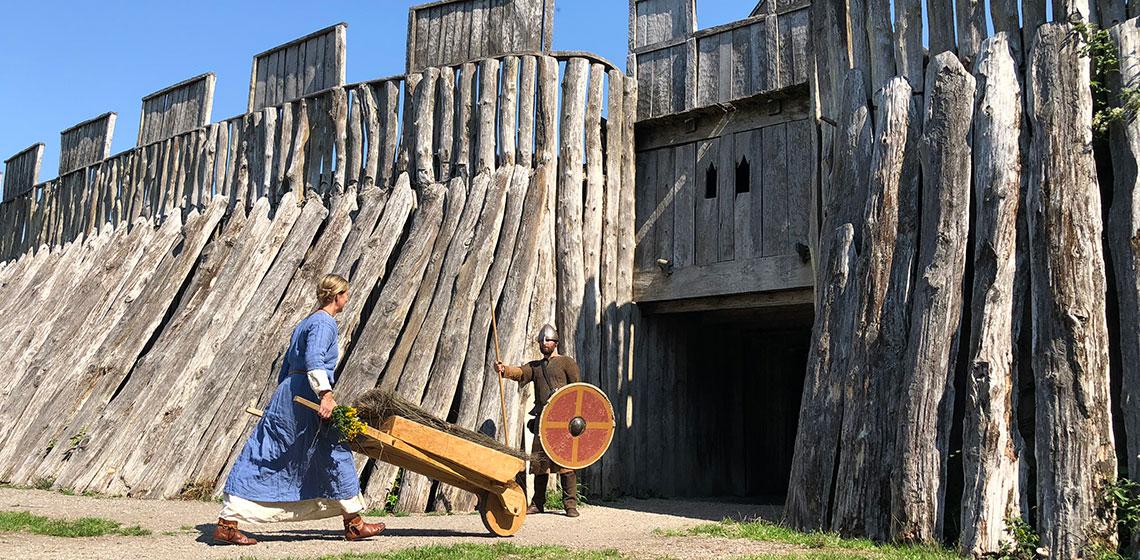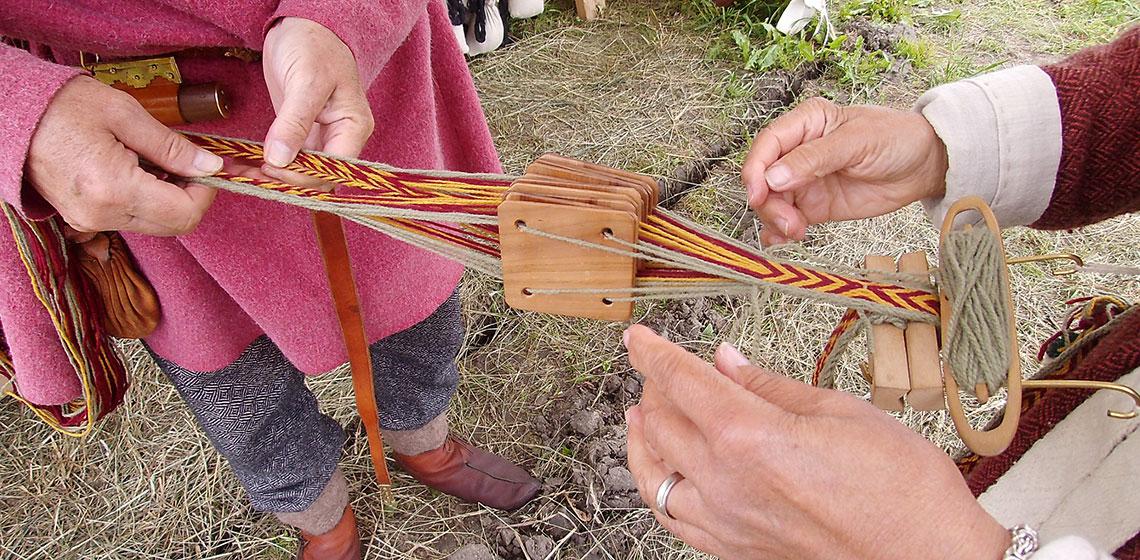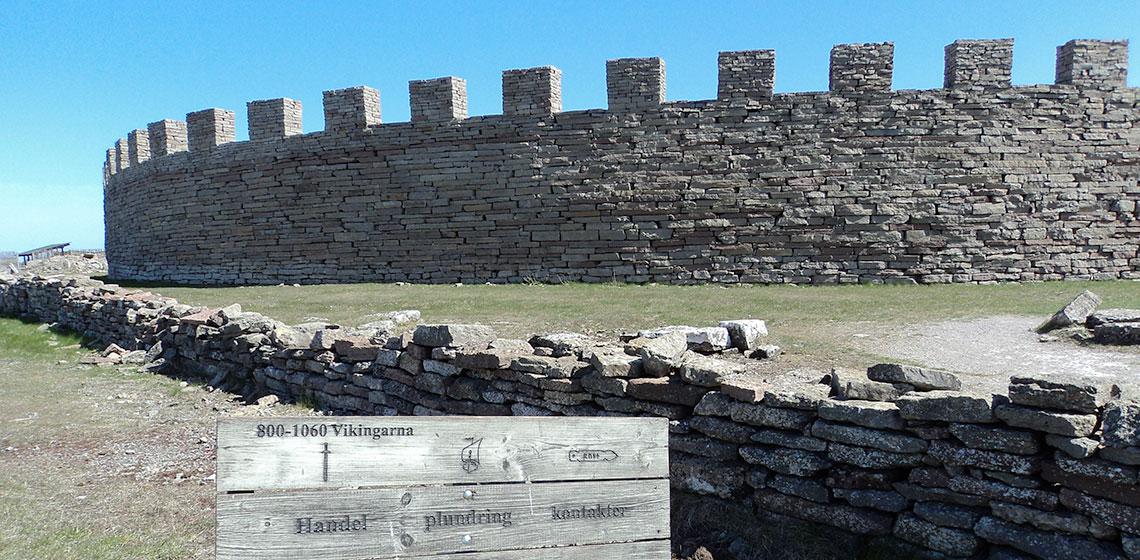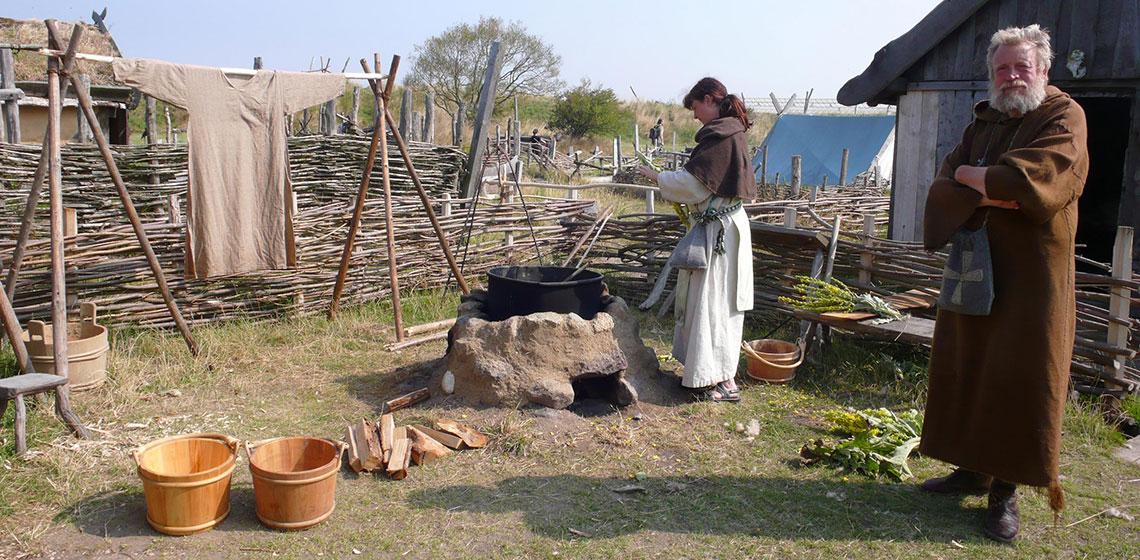Where did people sleep in the migration period in Sweden (SE)?
Well that is a hard question to answer, because no beds of any kind from the migration period in Sweden have survived until today. They may have slept in beds, on benches or maybe even in hammocks. What we can be sure of however is that they didn’t sleep on the floor.


